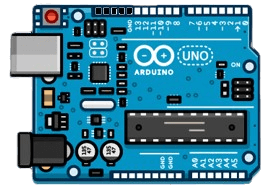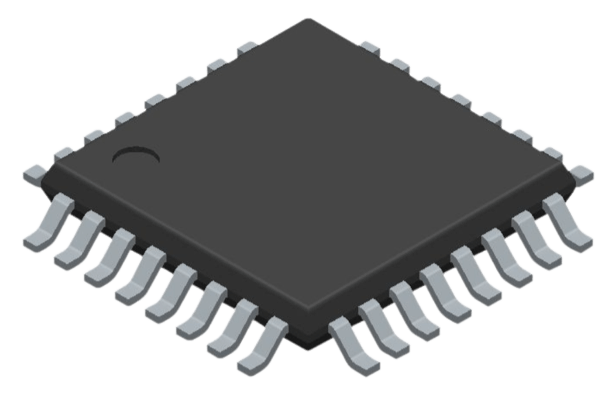Arduino is an open source platform used for building projects. The main components on the board are the microcontroller and the pins. There’s also an application that allows users to write/upload C++ code directly onto the board. Overall, Arduino provides a versatile platform for programming and wiring, experimenting and creating electronic devices and systems.
What is an Arduino and what can you use it for?

Jay Geiger
INFORMATIKER IN AUSBILDUNG
6th March 2023 | Tags: Arduino, Hardware, Technology
Table of Content
What is an Arduino?
What can you do with an Arduino?
What is a Microcontroller?
My personal experience with the Arduino
The History of Arduino
What is an Arduino?
What can you do with an Arduino?
Some of the projects that can be created using Arduino include robots, home automation systems, weather stations, and even musical instruments. The possibilities are endless, and the only limits are your creativity and imagination.
When connecting the Arduino to various components, it’s important to ensure that the voltage and current requirements of each component are compatible with the Arduino’s pins and power supply. Additionally, it’s important to be mindful of safety precautions, such as avoiding short circuits.
Fortunately, there are many online resources available for learning how to use Arduino and building projects with it. These resources include tutorials, forums, and online communities where users can share their experiences and collaborate on projects. With the help of these resources, even beginners can quickly learn how to use Arduino and start building their own projects.

What is a microcontroller?

A microcontroller is a compact electronic device that has become an integral part of modern technology. It can be thought of as a mini-computer designed to control other devices or systems. Microcontrollers are used in a wide variety of applications, from simple consumer electronics to complex industrial machinery.
One of the key features of microcontrollers is their ability to be programmed to perform specific tasks. This programming is done using a programming language such as C or assembly, and the resulting code is stored in the microcontroller’s memory. Once the program is loaded, the microcontroller can execute the instructions and interact with other electronic components to control the system.
One of the advantages of using a microcontroller is that it integrates multiple components onto a single chip, which can help to reduce the size and complexity of electronic systems. Additionally, microcontrollers are typically low power devices, which makes them ideal for battery-powered applications.
My personal experience with the Arduino
Recently, I had the opportunity to attend a course at work, on the Internet of Things, where I gained practical knowledge on Arduinos and how you can use them. The course was insightful and interesting, as we were introduced to the basic functionalities of Arduinos, starting with a simple project of turning an LED light on and off using a basic C++ code. The experience was both fun and informative, as we learned about simple programming and saw our results in real time infront of us.
As the course progressed, I decided to see what else the Arduino is capable of. To do that I connected a RFID-Reader to the Arduino with the help of jumper cables. After the complete connection, I programmed my personal Information onto a badge. With a bit of programming knowledge, I was able to design a system that only allowed access for the correct badge. The code I programmed onto the Arduino allowed the system to work for 30 seconds after the correct badge was used on the RFID-Reader. If it wasn’t the correct badge, a message would appear in the system output, advising me to try again.
Overall, the course provided a great learning experience, and I was able to gain practical knowledge on Arduinos and their useful application. I am grateful for the knowledge gained from this course, and I look forward to exploring more applications of Arduinos in the future.
The History of Arduino
Facial manipulation is a bit more complicated, since every movement has to get tracked by the small orange dots. What happens here is that the facial expressions of person A got tracked and placed on Person B. Making it easy to put words in peoples mouths.
Conclusion
Arduino’s are an incredibly versatile and powerful tool that can be used to build all kinds of electronic projects, from simple LED displays to complex robots. With their easy to use programming environment, extensive libraries, and low-cost hardware. Whether you’re a beginner, hobbyist, or a professional engineer, Arduinos offer a great platform for developing your skills and exploring the exciting world of electronics. So, if you haven’t tried them out yet, there’s no better time than now to see what you can build!

